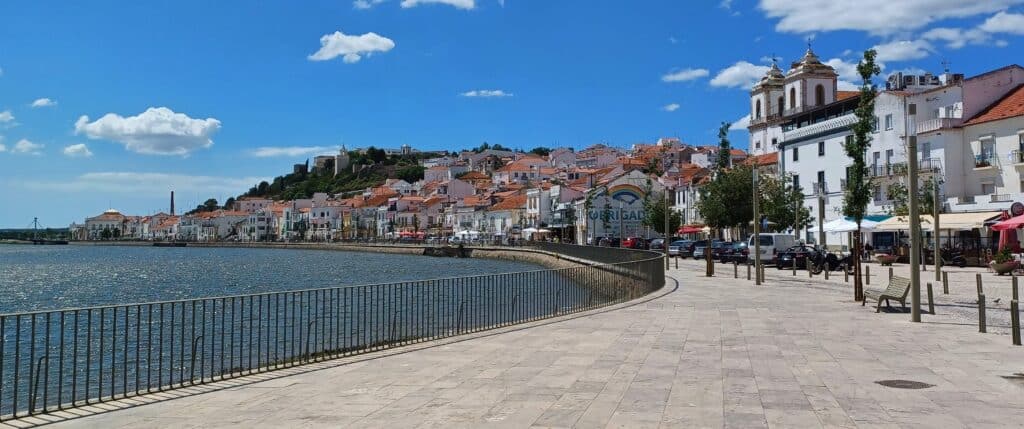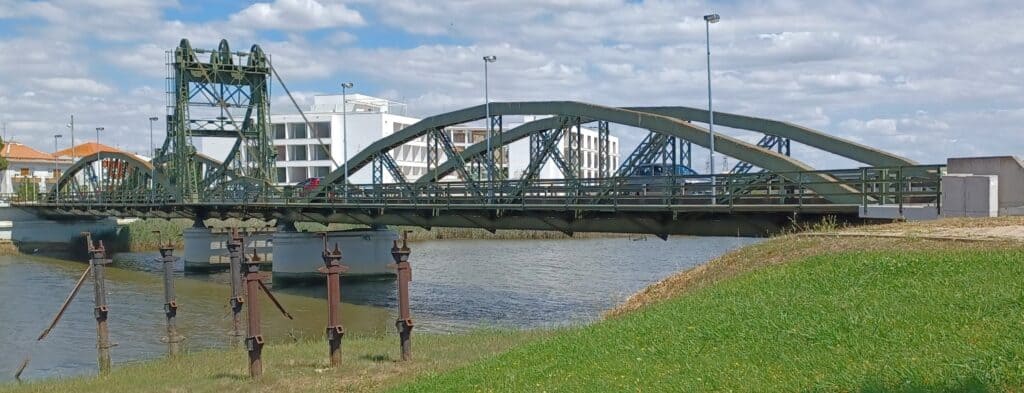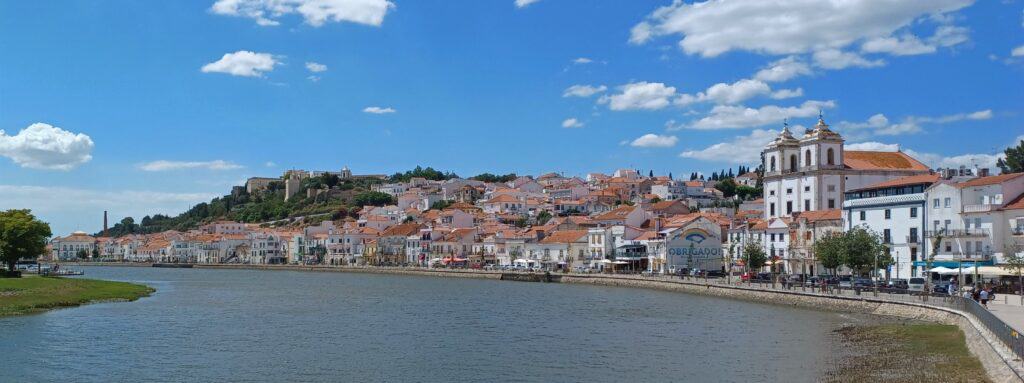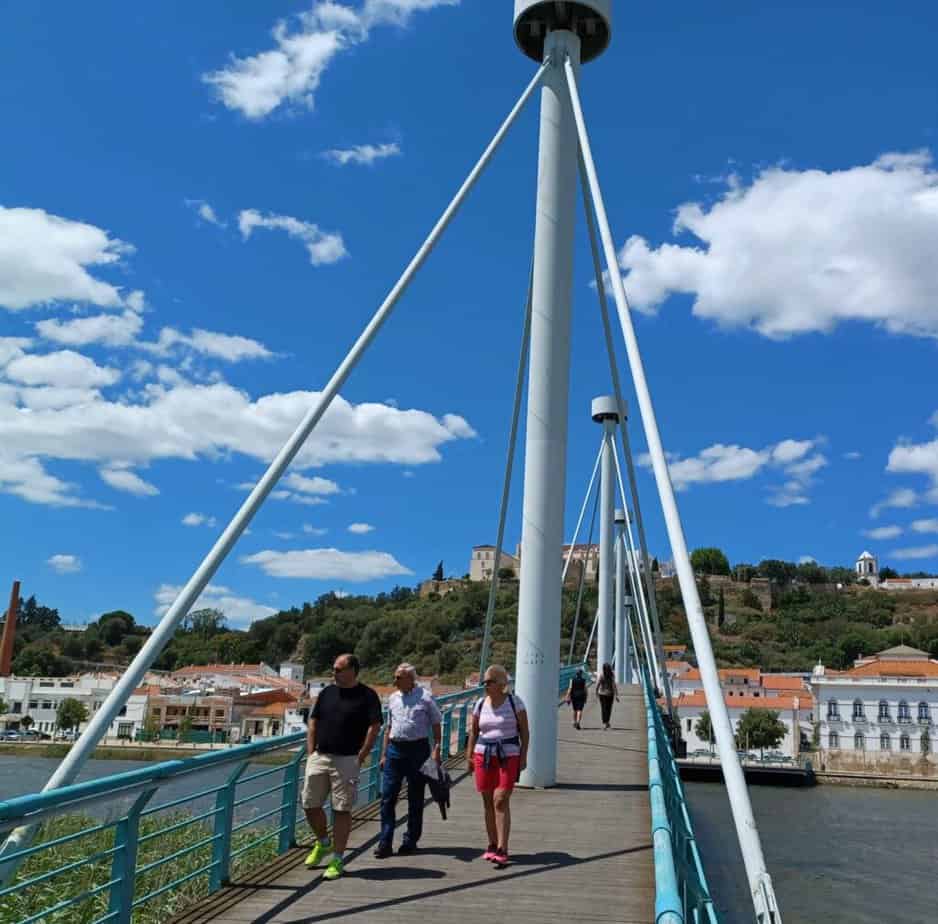A short drive from Lisbon is the tiny riverside town known for its castle, salt production, and 27 centuries of history.
A Short History of Alcácer do Sal
Alcácer do Sal lies at a point along the Sado River where it empties into the Sado Estuary (and later into the Atlantic Ocean). This makes it a strategic point for agriculture, fishing, and defensive fortifications.
Because of this ideal location, there have been inhabitants in and around the area for more than 40,000 years. The Phoenicians and later the Romans used the city (Roman name: Urbs Imperatoria Salacia) for trade and salt production.
North African Muslims ruled most of the Iberian Peninsula, including Alcácer do Sal, from the 8th century until the early 13th century. Slaves were brought from Sub Saharan Africa to work the salt fields from the 15th through the 19th century.
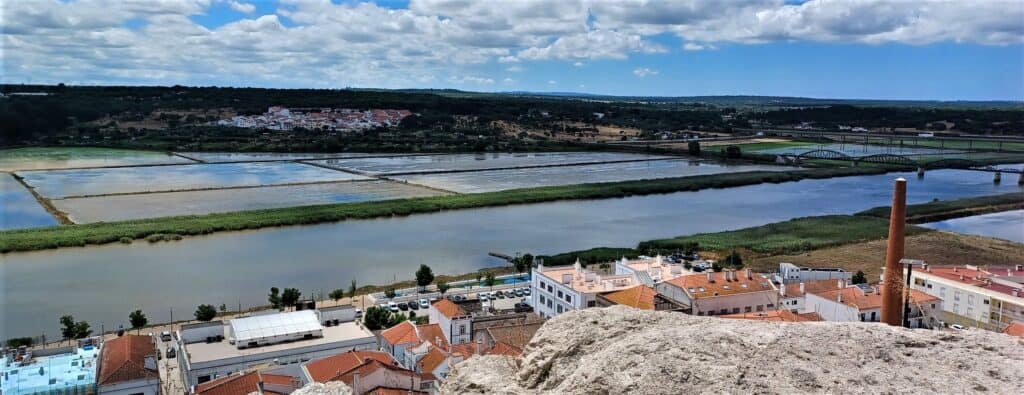
Things to do in Alcácer do Sal
If you’re in need of a break from the chaos of Lisbon, Alcácer do Sal might just be the ticket. There’s several things you can do to fill a day or you can just stroll along the lovely river promenade and enjoy a drink at one of the cafes across the street from the waterfront.
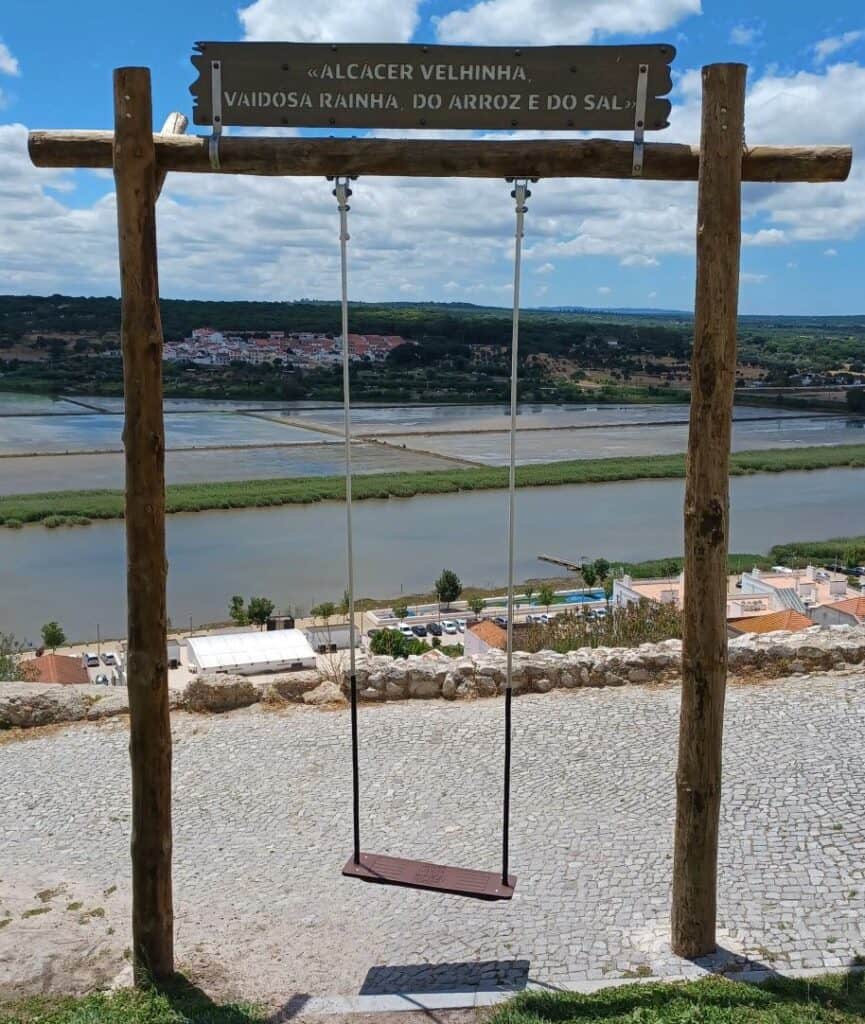
Castelo de Alcácer do Sal
The town’s castle sits on a hill above the river. The current castle was built in the 12th century by the Moors, but there was likely a castle, or at least some kind of fortification on the site well before that as successive generations built on top of the last.
The original 12th century must have been quite a site with 20 towers jutting up to 80 feet in the sky.
Eventually, the castle became obsolete and it was handed over to the Order of Saint Claire. The nuns used it as a convent until the religious orders were dissolved in Portugal in 1834. During the 20th century, much needed repairs and renovations took and during this time the Roman and earlier history of the site was uncovered.
Today, you can walk around the castle and inside is an incredible museum, the Cripta Arqueológica do Castelo. There is also a high end hotel on site.
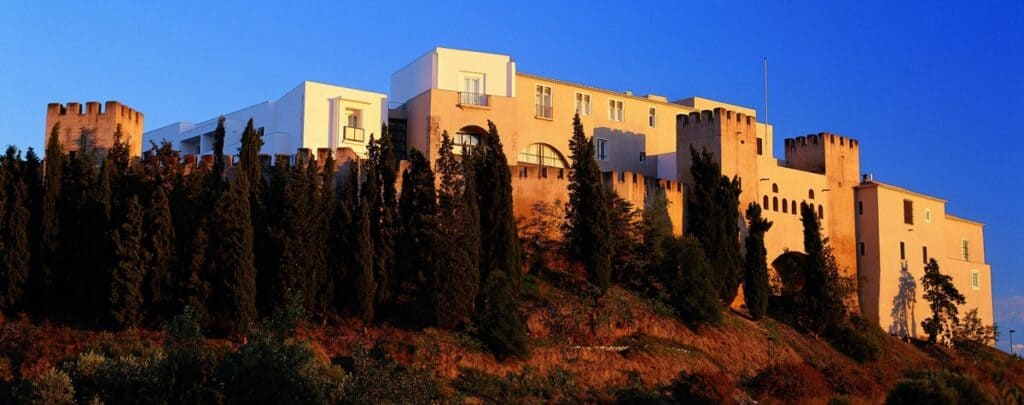
Cripta Arqueológica do Castelo
During renovations of the castle in the 1990’s some amazing history was uncovered. Layer after layer of civilizations were built on top of each other from the convent back to the Christian castle and the earlier Moorish castle. Roman ruins were discovered as well as artifacts dating back to the Iron Age. In all, there are 27 centuries of history represented in the museum. Well worth your time!
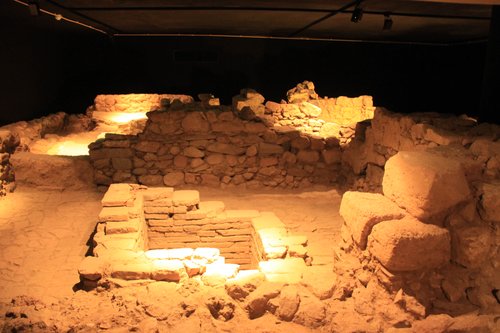
Igreja de Santa Maria do Castelo
Next to the castle is the Igreja de Santa Maria do Castelo (Saint Mary’s Church of the Castle). The church was built on top of a Mosque which, in turn, was built on a pagan temple. Inside the church are some nice Portuguese tiles.

Riverside Promenade
The city has done a nice job of making the riverfront an inviting place to spend some time. There’s a wide promenade where you can stroll with benches sprinkled along the way. Of course, there’s plenty of cafes where you can stop for a drink or a snack. There’s also two nearby bridges where you can cross the river, including a cool drawbridge.
Igreja da Misericórdia
This 16th century church features some more nice 17th century azulejos tiles. There’s also a fresco on the ceiling.
Shopping
Alcácer do Sal is known for its production of salt, rice, honey, olive oil, and pine nuts. Along the promenade there are lots of shops advertising local products for sale. But, the best of the bunch might be a few steps from the promenade on R. António Machado dos Santos. Alcazar Gourmet, named for what the Moors called the city, They have a cafe and the little shop carries local goods, including wine from Comporta. Try the Pinhoada made with local pine nuts and honey.
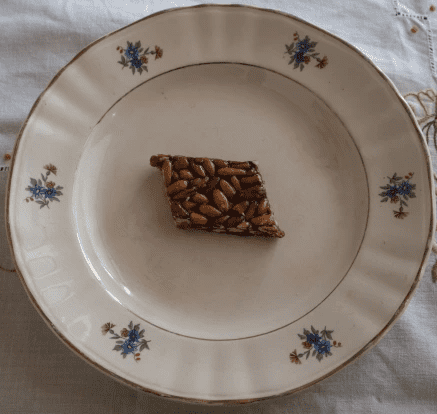
Comporta
About a 30 minute drive from Alcácer do Sal is the town of Comporta at the base of the Troia Peninsula. Here, there are some beautiful beaches (and chilly water).
Driving is the best way to get to Comporta. There are infrequent buses that require an inconvenient transfer in the out of the way town of Grandola.
Eating in Alcácer do Sal
There are lots of cafes along the riverfront in Alcácer do Sal where you can get a snack or a drink and watch the world slowly go by. There’s also several places to eat in the neighborhood on the walk up to the castle.
Alcácer do Sal is a small town, so there’s not much vegetarian fare. However, Comitiva has several veg. options, some of which can be made vegan. Sitting outside, you get a nice view of the river.
Getting to Alcácer do Sal
If you have a car, Alcácer do Sal is about a 75 minute drive. Getting there by public transport takes a little longer, 2 hours 40 minutes if you’re lucky, and isn’t especially convenient. Take the bus or train from Sete Rios or the bus from Oriente in Lisbon to Setubal and then connect with the bus to Alcácer do Sal.
About the Author

Brent Petersen is the Editor-in-Chief of Destination Eat Drink. He currently resides in Setubal, Portugal. Brent has written the novel “Truffle Hunt” (Eckhartz Press) and the short story collection “That Bird.” He’s also written dozens of foodie travel guides to cities around the world on Destination Eat Drink, including in-depth eating and drinking guides to Lisbon, Porto, Sintra, Monsaraz, and Evora in Portugal. Brent’s podcast, also called Destination Eat Drink, is available on all podcast platforms.

